How to Build Sustainable Energy Use Habits with Kids
Looking to build sustainable home energy habits with your family that reduce your carbon footprint and save you money? Check out the eight sustainable habits my family and I have successfully adopted in our home, along with tips on how to motivate the members of your household to participate in reducing their energy consumption. Additionally, I’ve included a free, printable sustainability bingo game to entice your family to consider other habits that will lower their negative ecological impact.
This post contains affiliate links.
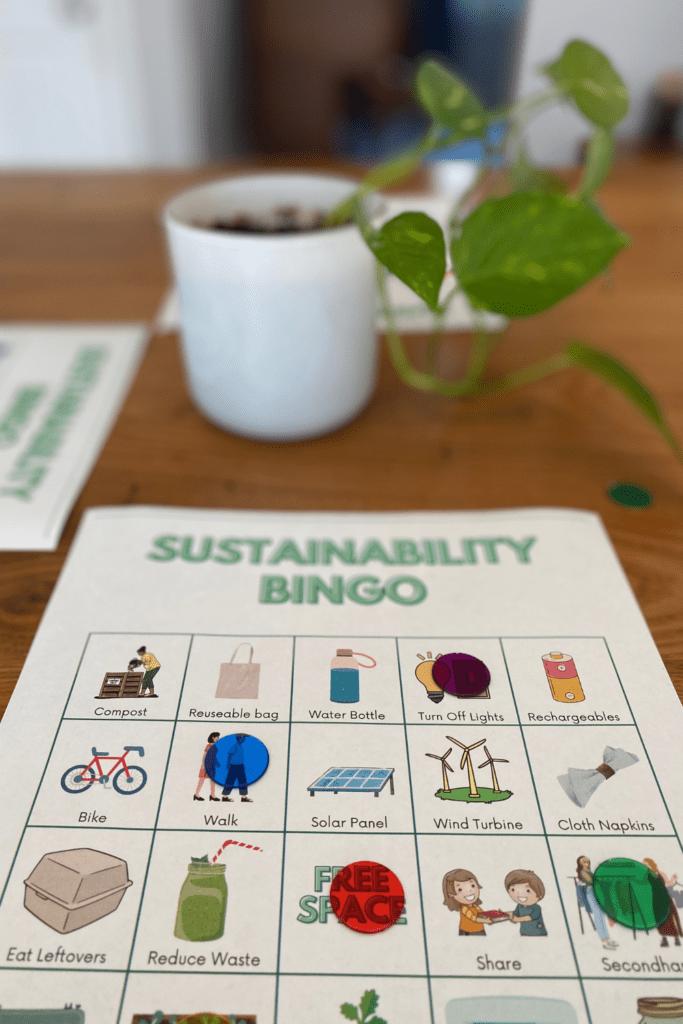
My family and I moved into our current home seven years ago. The house has some family history, as it was originally owned by my husband’s paternal grandparents. Built in 1983, it sits at the beginning of a small neighborhood in central Pennsylvania, with a front and back yard and a view of a one hundred year old family farm. It’s just the right size for our family of four, plus our two cats.
This is our first home, as prior to this we had been renting a townhome in coastal North Carolina. Relocating to Pennsylvania and taking on the responsibility of home ownership meant we had full autonomy to make decisions about our place of residence (within township rules and regulations, of course). Since our arrival seven years ago, we have slowly renovated our house with a focus on reducing our overall home energy consumption, while also adopting simple, sustainable habits that my seven and ten year old can carry out.
This is not an exhaustive list of all of the ways in which you can reduce your overall home energy consumption. Instead, this is an explanation of what my family has done so far to successfully begin to reduce our carbon footprint in the area of electricity use. I focus specifically on electricity consumption because our home is fully electric. We do not have an oil-powered furnace or a gas-burning stove. Instead, our home is heated and cooled with a heat pump, which I will explain later in more detail. Additionally, this contains resources we’ve used to educate ourselves and our children in best practices in sustainable energy consumption. My hope is that by sharing what we’ve learned about reducing our energy consumption, you may be inspired to adopt some of the habits in your home to reduce your carbon footprint and save some cash.
Sustainable Habits Focused on Home Energy Consumption
Household energy consumption is an area of sustainability that can have both a positive monetary and planetary effect. Here are a few habits that my family and I have adopted that have reduced our carbon footprint and our monthly bills.
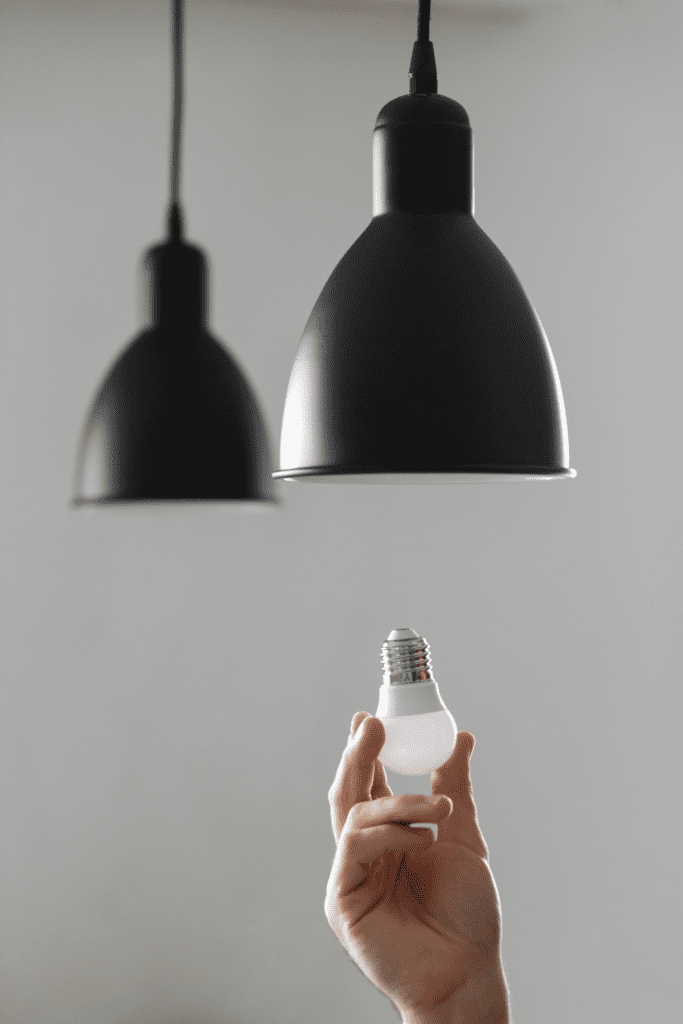
Sustainable Energy Consumption and Lighting
A simple, yet effective habit that my parents taught me at a young age was to turn off the lights when I wasn’t using them. This is a great first step to reducing your home energy consumption. Why light up a room that no one is using? Installing timers for exterior illumination can also help avoid the morning conversation of “who forgot to turn off the lights last night?”
Get the family involved in turning off the lights when they aren’t in use by assigning light auditor duties to different members of your household. Assign different rooms to each member of the family and instruct them to do a quick inspection of lights left on before leaving the house or going to bed.
Another way to reduce your energy consumption through lighting is to switch out old incandescent light bulbs with light-emitting diodes (LEDs). LED lighting uses approximately 75% less energy and lasts 25% longer than incandescent bulbs*. LED lighting does not emit heat like traditional incandescent bulbs, making them safer to use while increasing their energy efficiency. Many electricity suppliers and state-sponsored energy offices offer free trial packs or discounted rates on various LED lighting. A few years ago we received a free box of LED lighting as part of an educational program through my daughter’s school and we’re still using many of the lights. A quick Google search of “your local electricity company and free or discounted LED lighting” or “electricity education and free LED lighting” may net you positive results!
To give you an example, when I type in “PPL (my electricity supplier) and free LED lighting” my top search result is PPL Electric Savings, which takes me to a page where I can purchase LED lighting at a 15-38% discounted price.
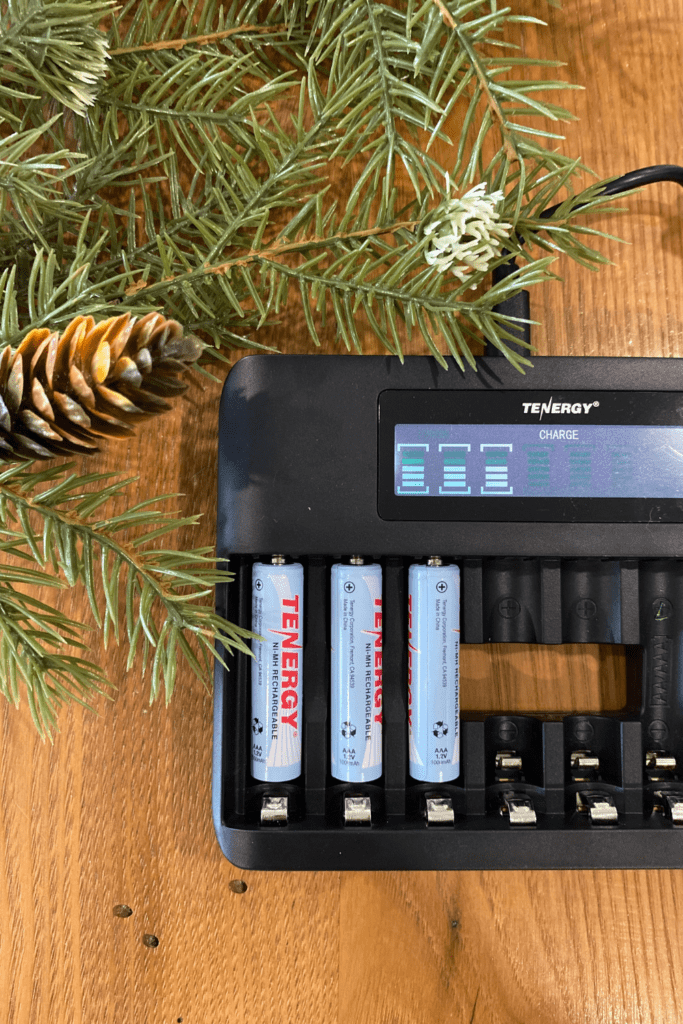
Sustainable Energy Consumption and Rechargeable Batteries
If you have kids, then you most likely have a handful (or a houseful) of toys and gadgets that require batteries. We purchased a rechargeable battery station and an assortment of AA and AAA rechargeable batteries to reduce our battery waste. Batteries can contain chemical elements such as mercury, lead, cadmium, nickel, silver, cobalt, lithium, and graphite. These metals and nonmetals are extracted from the earth via mining, which has a large carbon footprint of its own. Finding solutions to avoid single-use batteries has been a goal of mine for quite some time.
I also have a passion for battery-powered tools. My husband and I have slowly been renovating our home, which formerly belonged to his grandparents, and using battery-powered tools in place of ones that require long extension cords has been a game changer. No tripping over daisy-chained cords, no searching for electrical outlets, and no reliance on gas-guzzling tools for our outdoor landscaping. I’ve gone so far as to outfit my crafting area with a rechargeable, battery-powered hot glue gun!
The brand of rechargeable battery tools my family has had the most success with is RYOBI tools. They have a large variety of options and a reliable customer service department if you have any questions or need to replace a faulty battery.
Rechargeable battery technology has come a long way, but it still isn’t perfect. If I’m being completely honest, we still have a stash of non-rechargeable batteries in our home. When we’ve worn them out, we recycle them with Go Recycle!, a battery recycling facility located in Missouri.
Sustainable Energy Consumption and Adjusting the Thermostat
Did you know that, depending on the season, by lowering or raising your home thermostat by 7 – 10 degrees Fahrenheit for 8 hours a day, you can save as much as 10% a year on heating and cooling? That may seem like a drastic change from your comfortable temperature zone, but if you factor in the amount of time you are away from your home or are asleep in your bed it may start to make sense. The U.S. Department of Energy breaks it down like this: the smaller the difference between the indoor and outdoor temperatures, the lower your energy costs will be. The lower your energy costs, the lower your carbon footprint.
You can make adjusting the thermostat part of your family’s daily routine or look into purchasing a programmable thermostat that will allow you to adjust the temperature of your home when you are home or away. Due to the passing of the Inflation Reduction Act in the United States, many electricity suppliers offer discounts and rebates on programmable thermostats. Contact your local supplier to see if they have an offer for you!
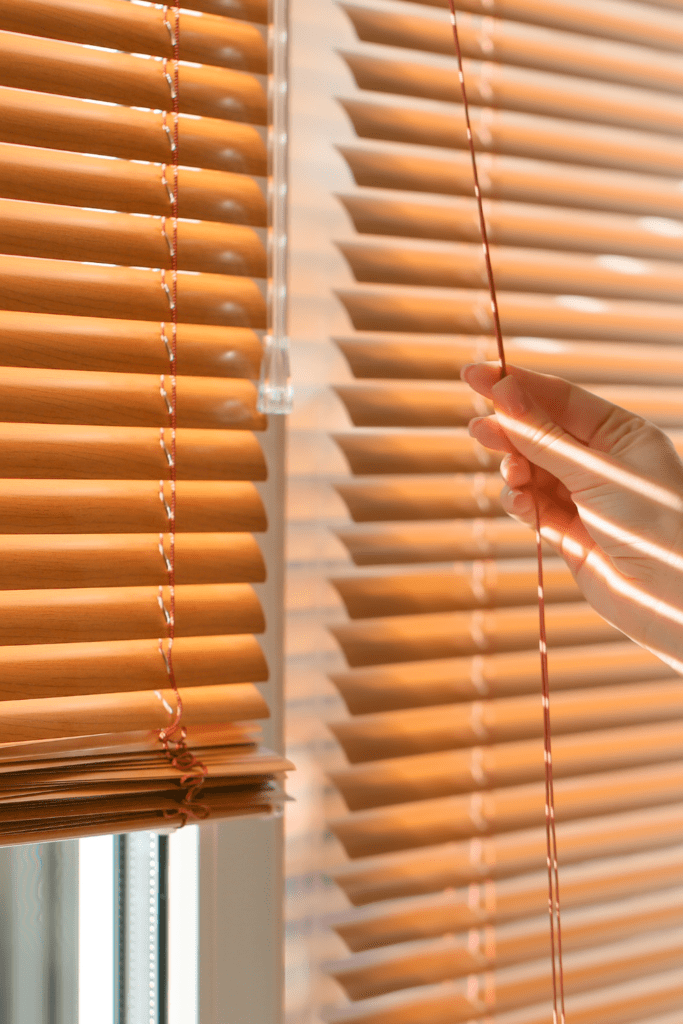
Sustainable Energy Consumption and Insulating Your Home
Adjusting the insulation on your home doesn’t mean you need to go through a structural remodel. Closing the window blinds on hot, summer days can make a noticeable difference in the air temperature in a room. This is another simple task to add to your children’s chore list or family routine to help minimize your energy consumption and maximize your monetary savings.
Take this task to the next level and make it a learning experience by using a thermometer to measure the change in temperature of the room before and after the blinds are closed on a hot summer day. Check out how I turn the simple task of temperature monitoring into a science fair worthy experiment here and get a free, seven page printable science lesson!
If you are in the mindset of a permanent insulation upgrade, consider researching what type of windows you have in your home and if they could be replaced with more energy-efficient ones. Within the first two years of moving into our home, we replaced most of the windows and sliding glass doors with more energy-efficient options, which has made a noticeable difference in our electricity bill.
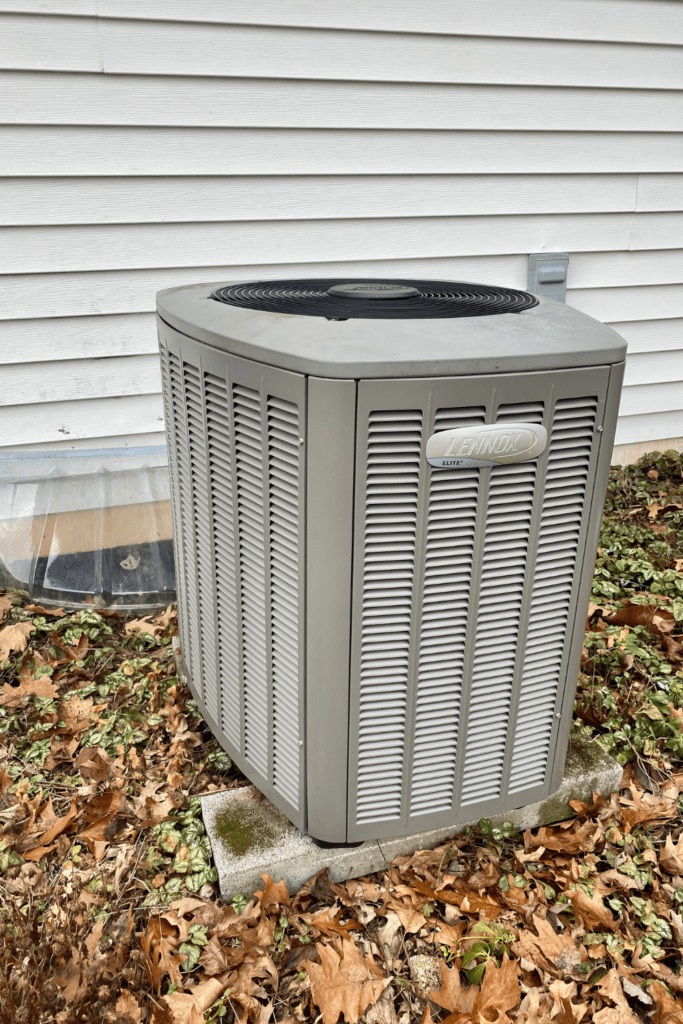
Sustainable Energy Consumption and Heat Pumps
If you live in the United States and have been paying any attention to the Inflation Reduction Act that was passed in 2022, you’ve probably heard of heat pumps. A heat pump is a unique HVAC system because it does the job of a furnace and an air conditioner. A heat pump can heat and cool a home by transferring heat into or out of the building. Moving heat, instead of having to generate heat, is what makes heat pumps a more efficient energy source.
There are two main types of residential heat pumps: air-source heat pumps and ground-source heat pumps, which, as their names imply, gather heat from two different sources. Our home was already outfitted with an air-source heat pump when we moved into it, which made my sustainable heart soar!
With the passing of the Inflation Reduction Act, beginning in 2023 you may be eligible to receive a tax credit of up to 30% of the cost for the purchase and installation of a heat pump, up to $2000. If installing a heat pump means your home requires an electric panel upgrade, there are additional tax credits for that too.
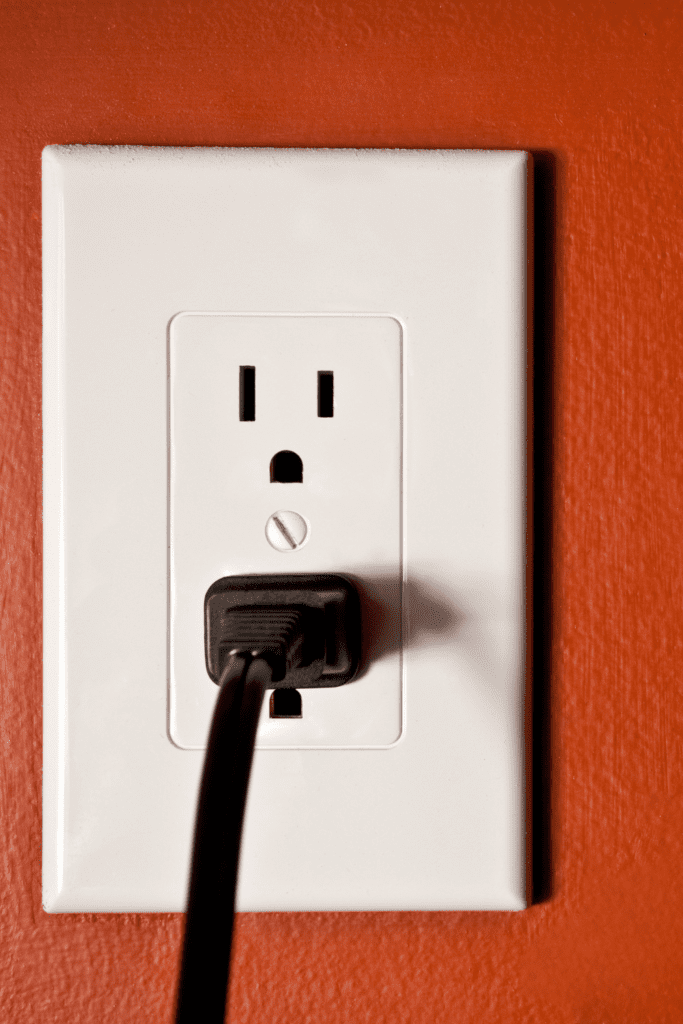
Sustainable Energy Consumption and Unplugging
You may have heard the term “phantom energy” before, which is the energy that electrical devices use when they are plugged in but not in use. Unplugging appliances and devices when they aren’t being used, like computers, cell phone chargers, video game consoles, televisions, or anything else that has a digital clock can save some energy.
I’ll be completely honest, this is not an area that I am good at, as I do not want to have to reset clocks every time I use a device. The small amount of energy savings I receive compared to the time I have lost by resetting clocks makes the task an easy one to skip! However, being conscientious about how many phone chargers and video game consoles are left plugged in is an area I’m ready and willing to focus on.
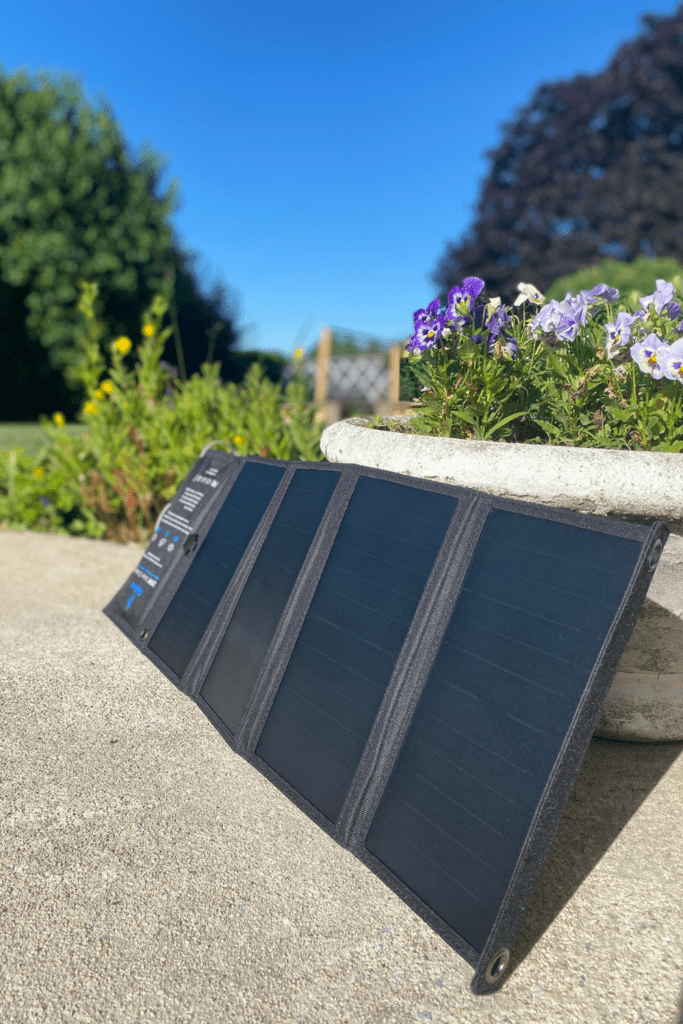
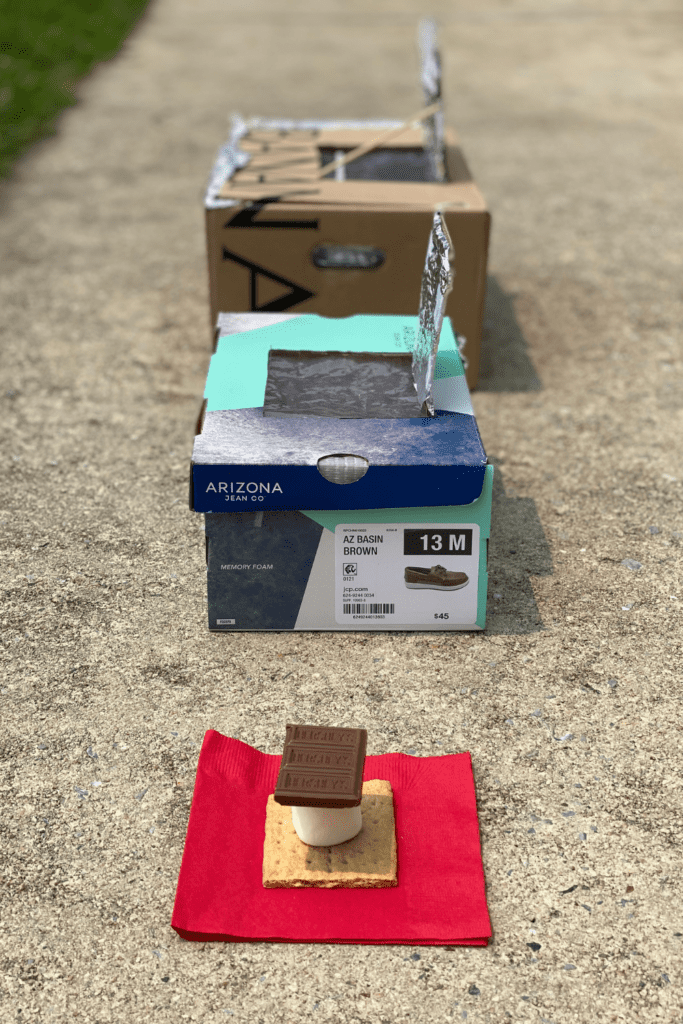
Sustainable Habits and Solar Energy
Sunlight is a powerful energy source and one I like to take advantage of whenever I can! I work from home, so most days my blinds are fully open to let in sunlight and reduce my dependence on artificial light. I recently purchased a solar-powered cell phone charger which is helpful to boost the battery life of my phone. I’d be lying if I said it’s the only thing I use, as the solar charger requires direct sunlight exposure for multiple hours to fully charge my device, which isn’t always an option.
Another way we utilize solar energy in our house is by air-drying our laundry. Sunlight is a fantastic way to naturally bleach my whites and decrease my dependence on my clothes dryer. The U.S. Department of Energy Efficiency and Renewable Energy states that consumer clothes dryers account for approximately 3.2% of annual residential energy use in the United States, as of 2020. Let’s break that statistic down.
Residential clothes dryers vary greatly in their efficiency, using between 2 to 6-kilowatt hours (kwh) per load. If you are paying $0.12 per kWh for electricity, that means each load may cost you anywhere from $0.24 to $0.72. If the average American family dries four loads of clothes per week, that could mean you are paying anywhere from $50.00 to $150.00 per year to use the clothes dryer. This price does not include the ecological cost of utilizing electricity generated from fossil fuels or the price of the initial cost, upkeep, and maintenance of your dryer.
This is just something to contemplate as you and your family choose what sustainable habits are sustainable for you. I’ll talk more about the ecological and monetary benefits of air-drying laundry in another post on sustainable habits focused on cleaning.
If you’re looking for a fun activity to get your family involved with solar power, try making your solar oven to bake s’mores. Over on Raising Global Kidizens, we created a workbook of activities, including how to build a solar oven, that explains how sunlight can be harvested to create heat and electricity.
If you’re ready to step up your solar game, consider investing in solar panels for your home. My friend Jen of Honestly Modern created a solar power resource guide for residential properties that may interest you.


Sustainable Habits and Wind Energy
If you’ve ever flown a kite, you know that wind energy can be a powerful force. My local electricity company, Pennsylvania Power and Light (PPL) gives me the option to select how my electricity is generated. One of my options is Green Mountain Energy, which produces electricity from land-based wind turbines. Although the cost per kilowatt hour (kwh) is approximately two cents more than fossil fuel-based electricity, (although the price gap continues to narrow as the cost of fossil-fuel-based electricity rises) my husband and I decided to select the wind-generated electricity option.
Consider reaching out to your electricity supplier to see if similar options are available for you and do a little research on cost. You may find that a renewable energy option is available and financially accessible to you.
Regardless of the available options, learning about how the force of the wind can be transformed into electricity can be a fascinating topic for learners of all ages to explore. I created a 60+ page wind power workbook for kids that includes STEM activities the whole family can participate in, including a wind turbine building project.
Additional Sustainable Habits For Your Family
Sustainable habits don’t stop with energy consumption. There are many other areas that you and your family can explore to reduce the overall ecological footprint of your household. Food and water consumption, shopping, transportation, cleaning, and community engagement are just a few examples of other areas that you can investigate together.
If you’re interested in learning more about time of use rates for energy and how they can lower your electricity bill, I highly recommend you read this post researched and written by the editor of Honestly Modern.
FREE, Printable Sustainability Bingo Game
To get your neurons firing on additional sustainable habits you may want to adopt, I’ve created a free, printable sustainability bingo game to spark conversations with your family and friends. Composting, eating leftovers, reducing energy consumption, and planting a garden are just some of the 30+ examples provided in this fun family favorite. This free printable includes 10 different game boards and two sheets of calling cards. Get your free copy of Sustainability Bingo by clicking the button below!
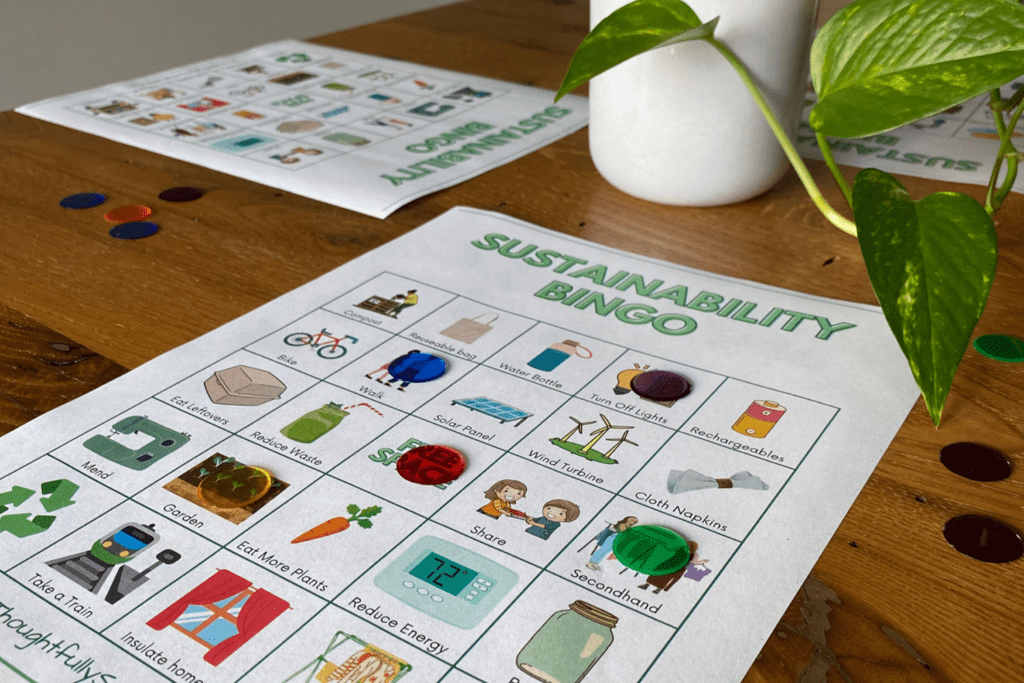


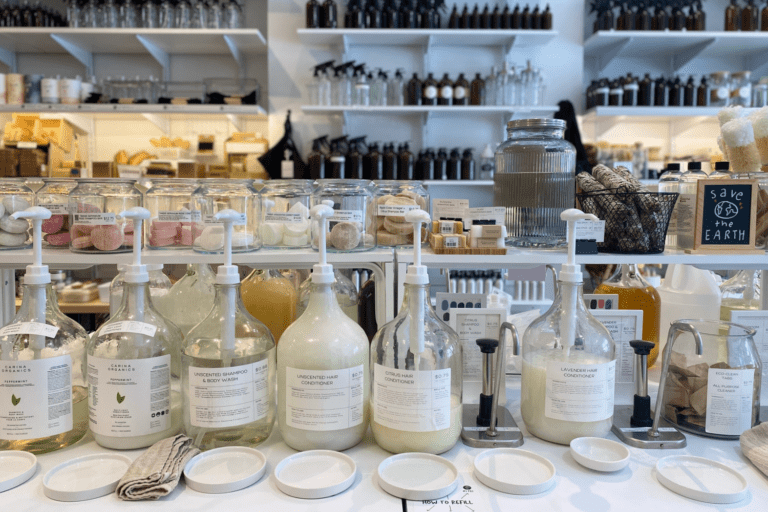
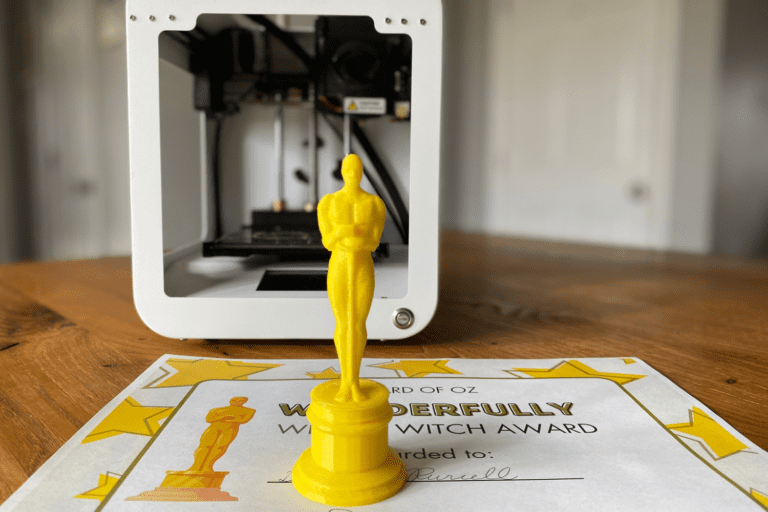
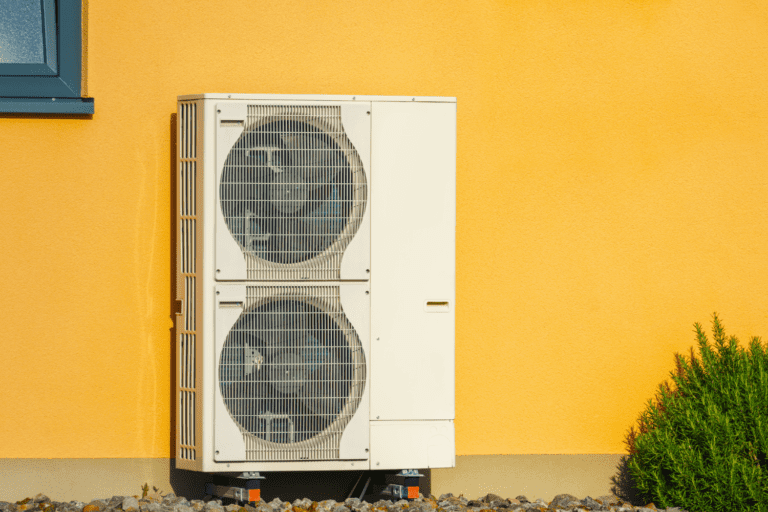


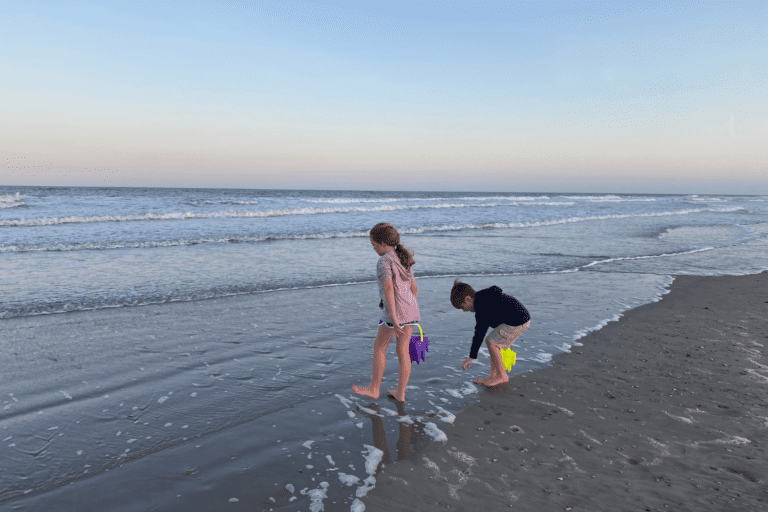
One Comment
Comments are closed.